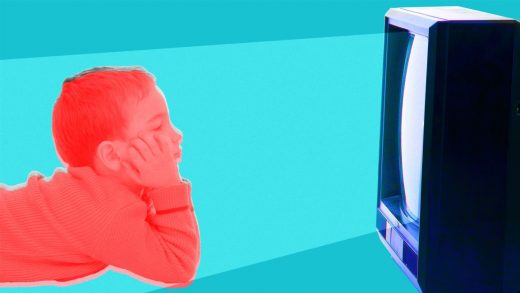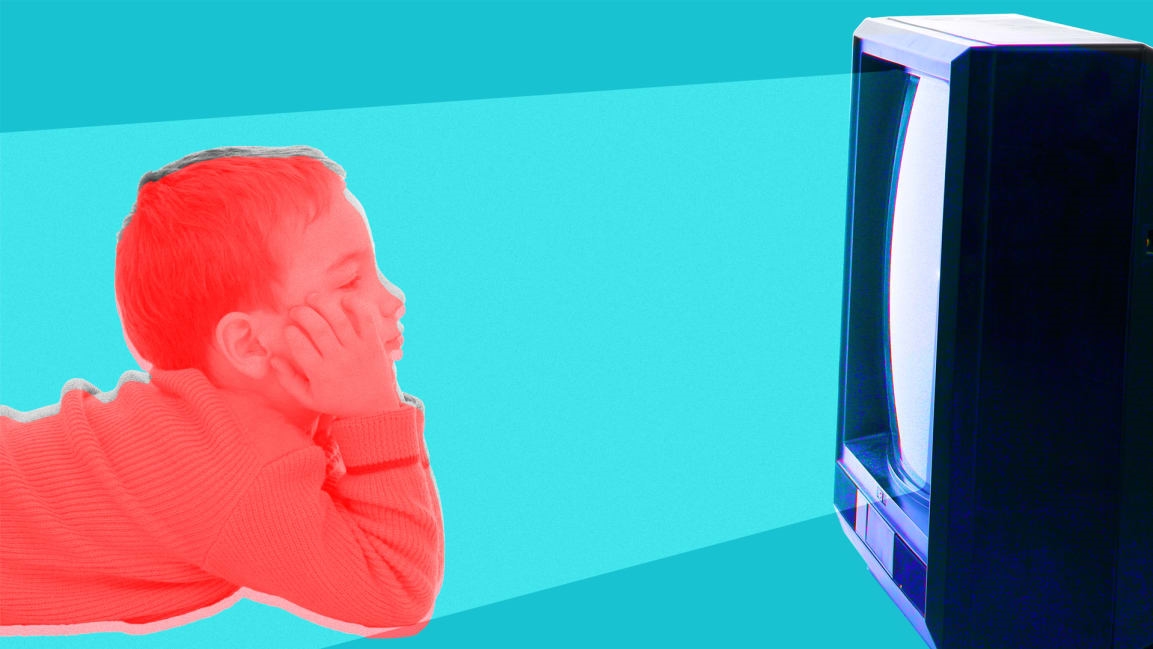How stereotypes become embedded in our views
Ten years ago, Harvard professor Henry Louis Gates, Jr., a prominent scholar of African-American history, was arrested for entering his own home. A decade later, Bernard Tyson, the late Chair and CEO of Kaiser Permanente, wrote a LinkedIn article about being followed by security guards while shopping. These examples mirror those described nearly 30 years ago by sociologist Joe Feagin, and resonate with findings of a recent study showing the prevalence of microaggressions at work.
One troubling aspect of these examples is that bystanders did nothing to intervene. They likely didn’t realize what was happening. So how do we learn to be blind to the others’ biases and to the microaggressions that others experience?
Bias starts early
To understand how we learn bias—and how we don’t notice it in others—we decided to examine the cues that we get in our everyday experiences. Whether it’s the scarcity of girls in children’s movies or children’s books about racial stereotypes, these cues build up. Eventually, we start to believe that this is just the way the world is and works.
As educators, we were curious to know if and how the higher education classroom experience—including the learning materials—contributes to creating standards that prevent us from noticing bias around us.
Imagine that you’re a woman sitting in your MBA classroom. You turn to a case study about the famous entrepreneur Heidi Roisen and read that she is “a sincere, ‘normal’ person who’s easy to be around. If you met her outside of a work setting when she was with her kids, you would probably think, ‘Now that’s a nice mom,’ and you wouldn’t realize you had been talking with a captain of industry.”
Then, during the classroom discussion, your classmates pit being a mother against the idea of being a successful entrepreneur. Nobody contradicts this. As you want to keep parenting as an option for your future, you begin to question whether pursuing an entrepreneurial venture is a good idea for you.
This is a fictionalized scenario, but it’s a real case study. When we surveyed the Stanford’s MBA core curriculum from 2015-2017, promoting gender stereotypes and reinforcing gender roles was just one of the four key ways our research team identified that case study texts included stereotypical trends. The other patterns were about cultures, consumer behavior, and consumer segmentation. Stereotypes were embedded in our very definitions of leadership, success, and situation. As a result, this exacerbates our inability to see biased behaviors in others—our bias blindness.
Shifting the learning environment
Our first move was to remove as many stereotypical mentions as possible. We worked with our case writing teams and faculty members to educate them on biased language, so that they could identify and remove these before they reached the classroom. We also rewrote some of the cases to remove the issues that we’d flagged earlier.
Yet we didn’t think that was enough. We need to remove as many stereotypical references from the classroom experience as possible. We also know that our radars could not catch all of it and that students bring their own biases to the classrooms.
So we thought, what if we taught students to catch these biases as part of the learning process, teaching them to move beyond bias blindness to bias detecting? While we know it is critical to remove bias from the classroom, we also know it is crucial to teach students and business leaders how they can identify and block bias in their daily work.
What organizations can do
Companies and organizations are not immune from these types of bias, as evidenced by research and the gender pay gap (among other things). To counter it, we recommend moving beyond just training and starting with a design thinking approach: begin with tangible, informative pilots before rolling it out to the entire organization. We also recommend taking the following steps:
Importantly, be curious. Were you surprised by the examples mentioned in this article? Research shows that these are not rare acts, but everyday occurrences that might have been invisible to you because you learned to be blind to the impact of bias on those around you. But just as you can learn bias blindness, you can also teach yourself bias detection. In doing so, you can deliver on your good intentions to act on your values of how you want to treat your employees and colleagues, and not on historical stereotypes.
Lori Nishiura Mackenzie is the lead strategist for Diversity, Equity & Inclusion at Stanford Graduate School of Business and co-founder of the Stanford VMware Women’s Leadership Innovation Lab. Sarah A. Soule is the Morgridge Professor of Organizational Behavior at Stanford Graduate School of Business, and Senior Associate Dean for Academic Affairs. Lucas Hackett-Provenzano is a summer research intern at Stanford Graduate School of Business.
(51)



